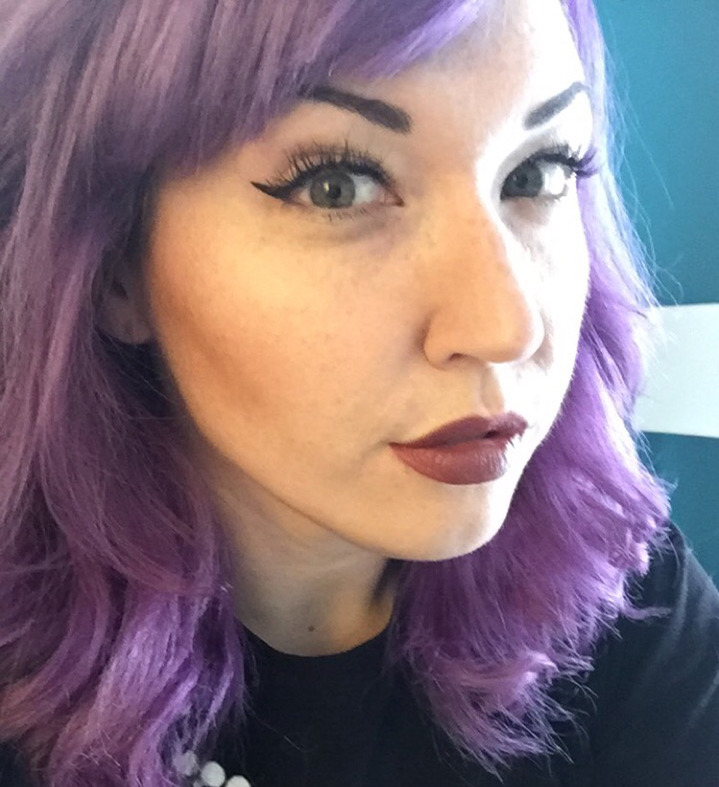Why I Love Calligraphy
In a world that’s more about typing and texts than pen and paper, calligraphy is becoming something of a relic. And yet, it remains magical. Here’s why I love this age-old art.
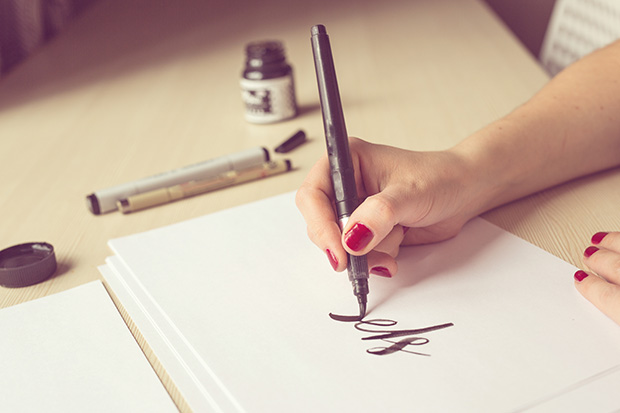
As a little girl, when I first learned that my dad had minored in calligraphy in college, two thoughts came to my head: (1) My dad is super weird, and (2) We are never going to be rich.
But the trait must’ve been hereditary, because I soon found myself begging for lead pencils and fancy gel pens. Before I knew it, I’d started taking beginning calligraphy lessons from my dad at our dining room table. I hoarded erasers and stickers and novelty stationery.
When we visited Harrods department store in London, I spent half an hour in their magnificent pen room, dreaming of the day I’d own my first Mont Blanc—a pen that costs as much as my rent, but still a dream, nonetheless.
Some assume that calligraphy is obsolete, along with pagers and dial-up modems, but with the popularity of visual platforms like Instagram and Pinterest, calligraphy has taken on a fresh relevance. Hand lettering is seeing a renaissance, thanks to suddenly popular and very photographable brush lettering:
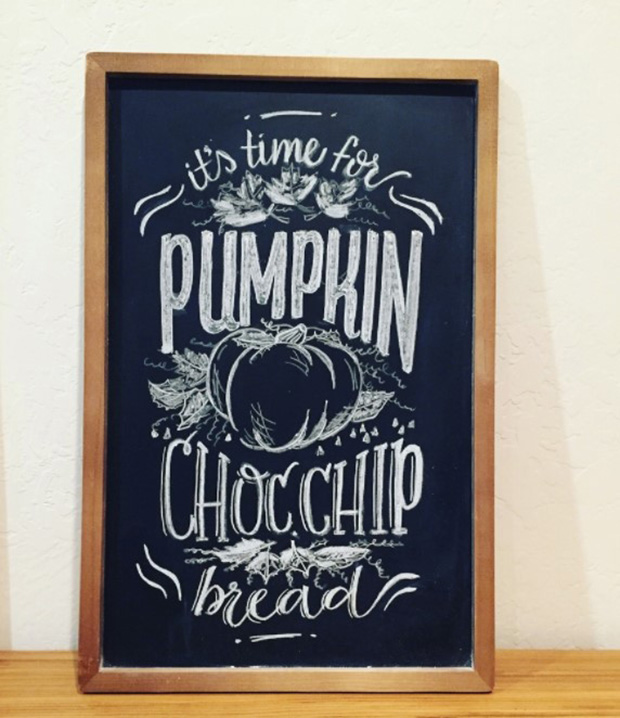
And thank goodness for that, because many U.S. schools stopped teaching cursive when they adopted common core. In fact, when I was a tutor, some of my students’ handwriting was so terrible, it was illegible. And we’re not talking elementary school kids—I taught high school.
That ties into the main reason I love calligraphy: It helps my brain. When I practice calligraphy, I feel myself entering a more focused state that instantly banishes my anxiety and makes me feel less depressed. That’s because we activate parts of the brain only when hand writing. Those neural pathways do several things: They make us calmer and more meditative, and they make us better readers.
The experience I have practicing handwriting is completely different from typing or texting because it gives meaning to my words. After all,when it takes an hour to write half a paragraph, you need to choose your words wisely.
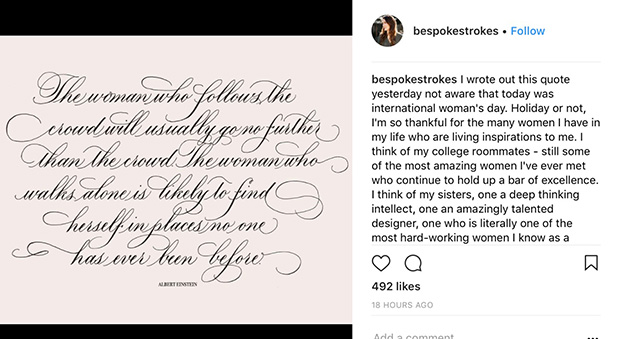
Besides the mental benefits, it’s satisfying to create something beautiful and tangible, and there’s also something captivating about watching people create videos of their calligraphy. Plus, calligraphy is difficult. It takes years of practice to become a master calligrapher, and even then, ink can smear, pens can betray you, and paper can tear. And every second is worth it.
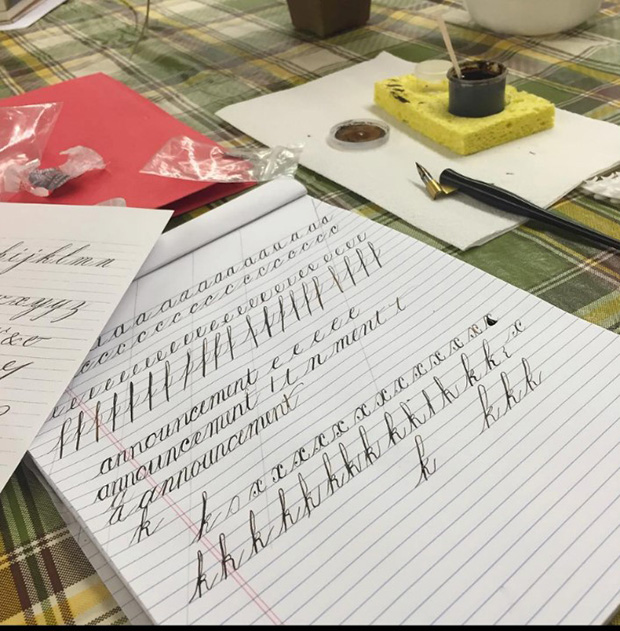
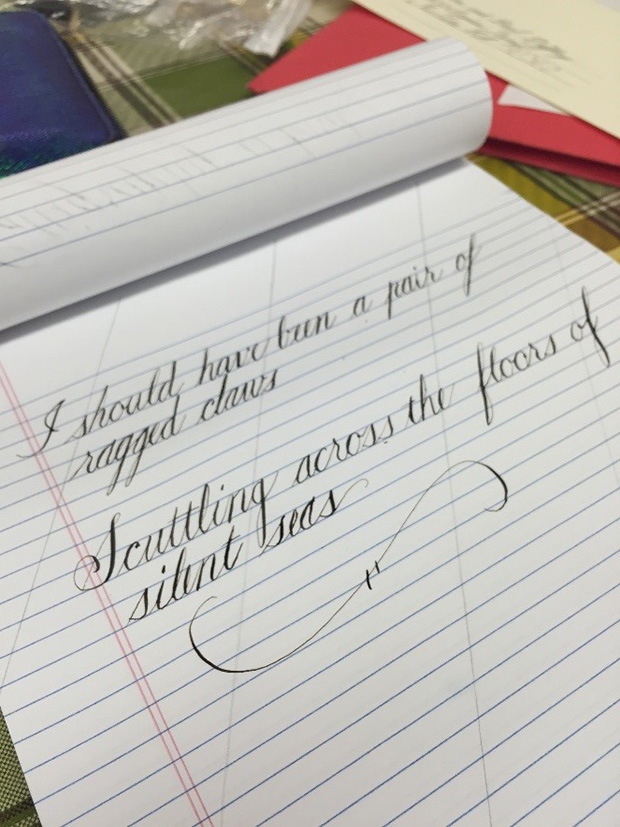
If you’d like to try your hand at this satisfying art form, your local community college most likely offers a class. There are also hundreds of tutorials online, free downloadable practice sheets, and communities and forums dedicated to helping newbies and masters alike.
I challenge you to try calligraphy or brush lettering or any other form of handwriting. You may just find yourself delighted at how this ancient art retrains your brain while it enhances your life.
And while you’re here, check out my other healthy living articles.
Select Health may link to other websites for your convenience. Select Health does not expressly or implicitly recommend or endorse the views, opinions, specific services, or products referenced at other websites linked to the Select Health site, unless explicitly stated.
The content presented here is for your information only. It is not a substitute for professional medical advice, and it should not be used to diagnose or treat a health problem or disease. Please consult your healthcare provider if you have any questions or concerns.
